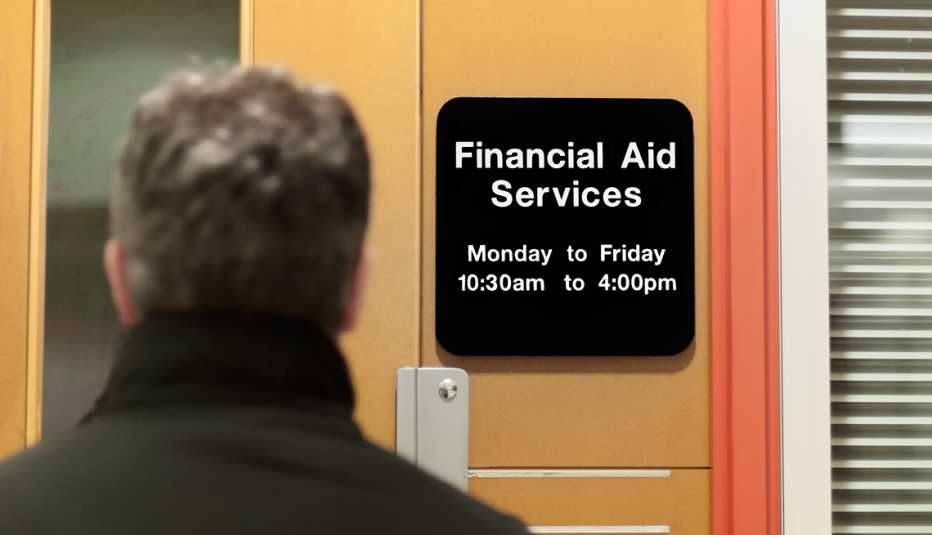Staying Fit
People with severe disabilities have been able to have their student loans forgiven ever since 1965. But it’s a daunting process that often fails those who need debt relief the most.
For example, a white paper produced by disability advocates tells the story of woman who lost both of her lower legs and was unable to work. She applied for Social Security disability payments and the discharge of her remaining student loan debt.


AARP Membership— $12 for your first year when you sign up for Automatic Renewal
Get instant access to members-only products and hundreds of discounts, a free second membership, and a subscription to AARP the Magazine.
The benefits came through. But the student loan paperwork bounced back — because her doctor had forgotten to certify the ostensibly obvious fact that missing two legs below the knees counts as the kind of “very severe” impairment necessary for the debt to be discharged.
Bureaucratic obstacles like that one have cost billions of dollars for people with disabilities — a disproportionate number of them over 50 — that prevent them from earning enough money to continue repaying their student loans.
Now the federal government is trying to fix the process, and offers up to $20,000 in loan forgiveness for student loans. But while critics say the improvements are substantial, there remain important caveats, especially for people over 62.
“The problem we’ve been trying to solve is a problem a lot of government programs face, which is just bureaucracy and complicated paperwork,” said Bethany Lilly, senior director of income policy at The Arc, which advocates for people with intellectual and developmental disabilities.
Reforms have been slow
You can have your student loans forgiven if you’re totally and permanently disabled, meaning unable to earn an income because of a medical or mental impairment that has lasted for at least five years or is expected to result in death. Veterans with service-related disabilities can also have their student loans discharged.
In practice, this proved “an illusory protection,” the Student Borrower Protection Center found. Many borrowers who were eligible didn’t know they were, or they got lost in “unnecessary bureaucratic hurdles,” all while trying to juggle student loan repayments with long-term medical costs on fixed incomes.
Among the biggest of those hurdles: a requirement that applicants annually verify their earnings to ensure that they weren’t gainfully employed. If they didn’t confirm their income, or if they defaulted on their loans, the government could take what they still owed out of their Social Security checks.
“It was terrible. It was absolutely terrible,” said John Whitelaw, advocacy director for the Community Legal Aid Society. “The Department of Education had really overly narrow rules on who might qualify.”
By 2016, about 114,000 borrowers age 50 and older were having up to 15 percent of their Social Security payments withheld because they had defaulted on their loans, according to an investigation by the U.S. Government Accountability Office. The GAO found that huge numbers of borrowers with disabilities had started but never finished the application process to have their loans discharged, even though they were likely eligible for loan forgiveness; 90 percent of people 50 and older who had their benefits withheld because they had defaulted on their loans were later found to qualify to have those loans forgiven.
The income verification requirement proved the culprit in many of those cases. About 20 percent of borrowers 50 and older who had managed to get their loans forgiven saw their debt abruptly reinstated — almost all of them because they didn’t submit the form, the GAO reported.
“All those people failed not because they were earning too much but because they couldn’t do the paperwork,” said Whitelaw. It’s particularly common, he said, for people with disabilities to be stymied by bureaucratic challenges like that.



































































